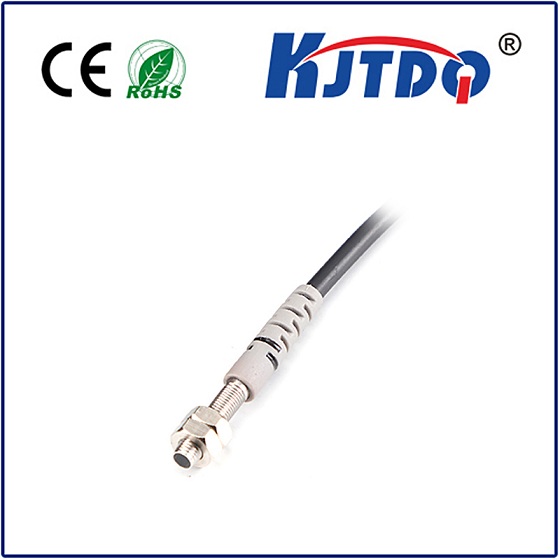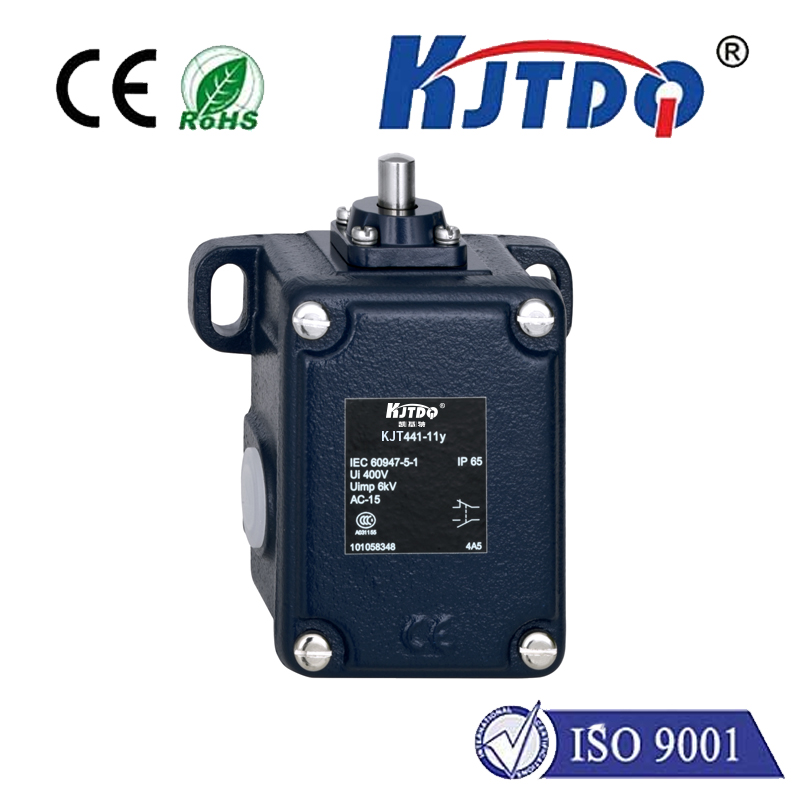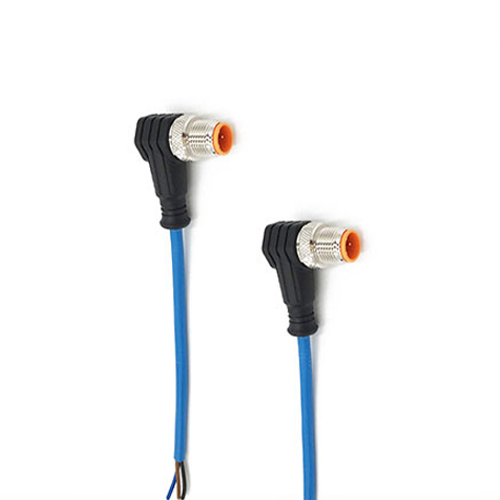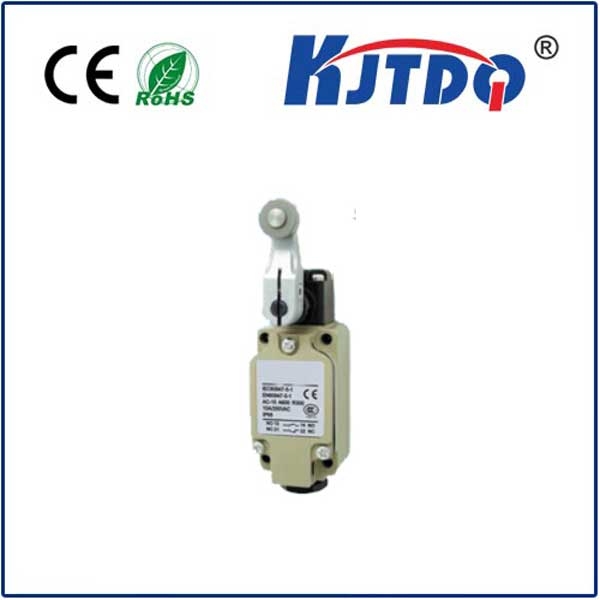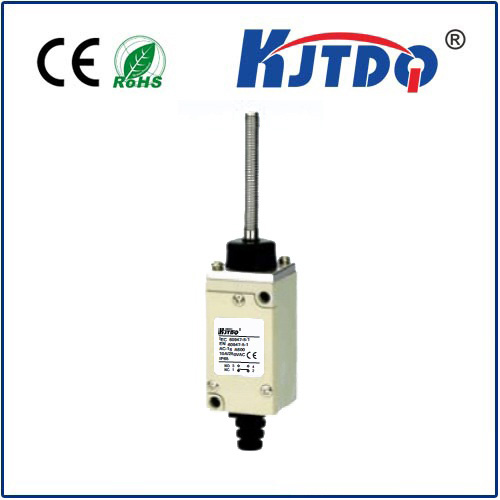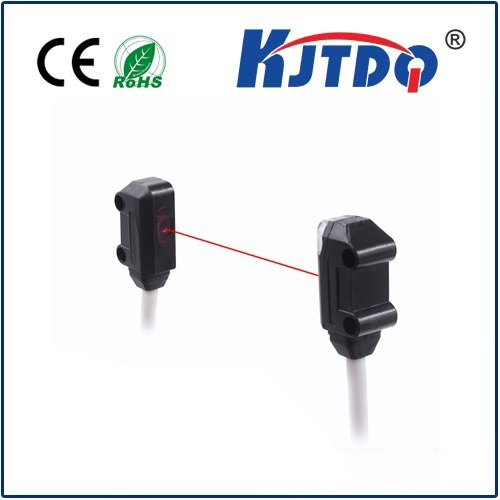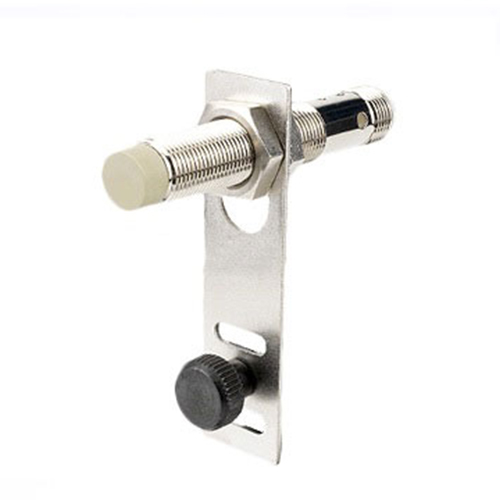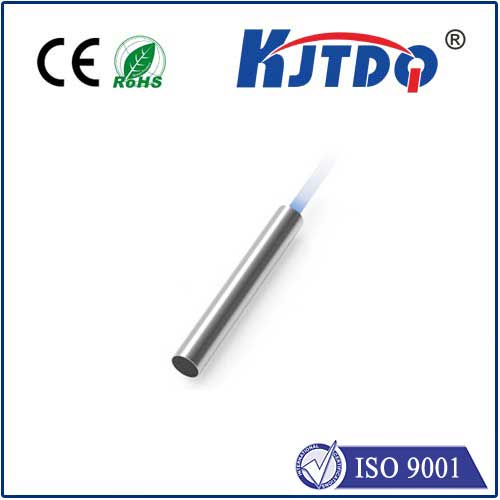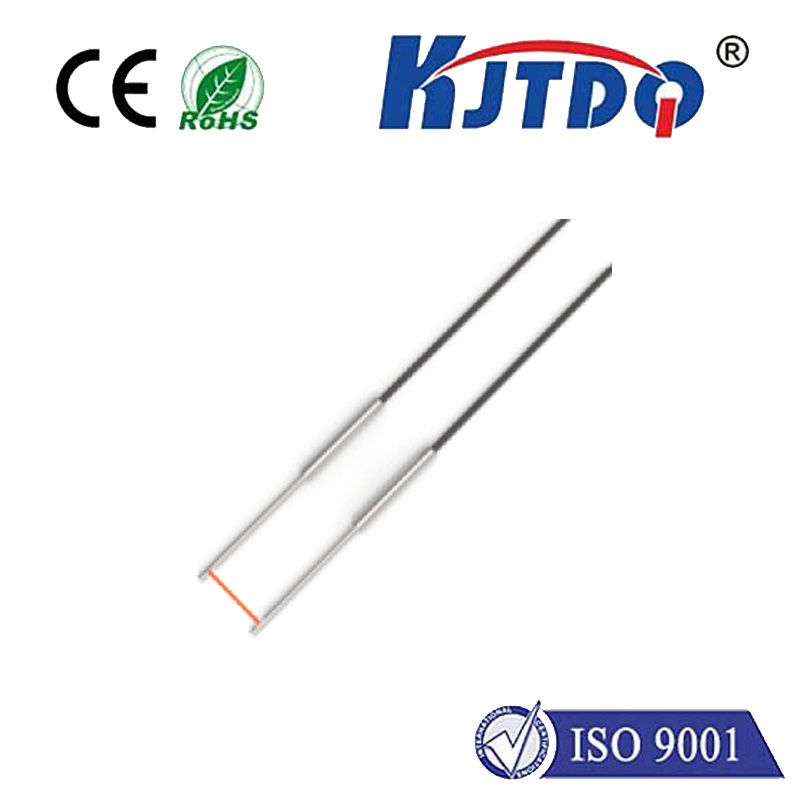

check

check

check

check

check

check

check

check

check

check
Title: Swing Limit Switch: A Vital Component in Industrial Automation
Swing limit switches are crucial components in industrial automation systems, ensuring the safe and efficient operation of machines. This article will delve into the definition, purpose, and significance of swing limit switches in industrial automation.
Definition and Purpose of Swing Limit Switches
A swing limit switch is a mechanical device used to detect the motion of a machine's swing or pivot arm. It typically consists of a lever or disc that can move in two directions: up and down or left and right. The purpose of swing limit switches is to provide feedback to the control system, alerting it when the machine's motion has exceeded a specific threshold. This prevents overswing, which can lead to equipment damage, safety hazards, and costly repairs.
Components of Swing Limit Switches
Swing limit switches come in different configurations depending on their application. Some common types include:
1. Up-and-down limit switches: These switches have a lever that moves up when the swing is within the allowed range and moves down when it exceeds the upper limit.
2. Left-and-right limit switches: Similar to up-and-down switches, these switches have a lever that movesleft when the swing is within the allowed range and movesright when it exceeds the lower limit.
3. Center-on-stop limit switches: These switches consist of a disc with two contacts at opposite ends. When the swing moves towards one end of the disc, the contacts come into contact, and an electrical signal is sent to the control system. When the swing reaches the center position, the contacts separate, and no signal is sent.
Significance of Swing Limit Switches in Industrial Automation
The importance of swing limit switches in industrial automation cannot be overstated. Here are some key reasons why they play a vital role in ensuring safe and efficient operation of machines:
1. Prevention of Overswing: Swing limit switches help prevent overswing, which can lead to equipment damage, safety hazards, and costly repairs. By monitoring the motion of the swing, they alert the control system when it has exceeded the allowed range, allowing for timely action to be taken.
2. Enhanced Safety: Swing limit switches contribute to improved safety in industrial settings by providing accurate and reliable information about machine movements. This helps operators make informed decisions about how to operate the equipment, minimizing the risk of accidents and injuries.
3. Reduced Downtime: Overswing can cause equipment to break down unexpectedly, leading to extended downtime and increased maintenance costs. By detecting and preventing overswing, swing limit switches help ensure that machines operate smoothly and consistently, minimizing downtime and maximizing productivity.
4. Easier Maintenance: Since swings are typically located at the end of rotating shafts or other moving parts, swing limit switches are less likely to be obstructed or damaged than other components in the machine. This makes them easier to maintain and replace if necessary, further reducing downtime and associated costs.
Conclusion
In conclusion, swing limit switches play a crucial role in ensuring safe and efficient operation of industrial machines. Their ability to detect and prevent overswing, enhance safety, reduce downtime, and simplify maintenance make them invaluable components in modern industrial automation systems. As such, it is essential for manufacturers and operators to select high-quality swing limit switches designed to meet specific performance requirements for their applications.
